
Francisco Pradilla y Ortiz. Photograph of the Painter (a. 1910)
Francisco Pradilla y Ortiz. Self-Portrait (1917). Oil on canvas. 4.5 BY 35.5CM. Madrid, Prado Museum.
Pradilla was heavily influenced by Velázquez, Titian, El Greco and Ribera, all of whom are well represented in the Prado Collection. Even late in life, he regularly copied Old Master paintings in order to improve his own. This was accompanied by his lifelong dedication to the study of Greek and Roman texts, along with Spanish historical documents which inspired many of his paintings. He was well noted by friends for a large library of rare books and an ability to speak several languages.
Early Life and Training
Francisco Pradilla y Ortiz was born to a poor family in Zaragoza, Spain. He was accepted to the local Institute of Zaragoza. But, due to a lack of money, he was unable to pay for his own supplies and tuition and had to end his studies there.
Thereafter, Pradilla joined the workshop of the stage scenery painter Mariano Pescador. The work gave him needed money which he used to attend the Fine Arts School in the Academy of San Luis in Zaragoza and, eventually, move to Madrid.
In Madrid, he continued to make a living painting scenery for theaters. His ambition and talent eventually won him a place in the School of Painting and Sculpture at the Academy of Fine Arts of San Fernando in Madrid. In addition to his classwork, the records of the Prado show that, beginning in 1869, he regularly visited the Collection in order to copy Old Master paintings.
Rome
Francisco Pradilla y Ortiz. Náufragos or "Survivors of the Shipwreck" (1876). Oil on canvas. Madrid, Ayuntamiento.
Pradilla was among the first group of students given government scholarships to study at the new Spanish Academy in Rome, founded in 1873, but opened to students in 1874. The Spanish School in Rome would become the most important center for artistic training in Spain and Pradilla would become one of its most influential students (1874-1877) and teachers (1877-1896).
During three years, students were required to produce copies of Old Master paintings and Greek and Roman statuary, in addition to regular travel in order to encourage a broader perspective. While a student, Pradilla traveled extensively, visiting Venice, Florence, Milan, Piza, Paris, and six cities in Germany.
The culmination of each student's study in at the Spanish Academy in Rome was a large, multi-figural history painting. In Pradilla's case his final painting for the Academy would be an internationally-praised work.
DoJuana la Loca (Joanna the Mad Queen)
The painting depicts a scene from the life of the Spanish Royal Joanna (1479-1555), the second daughter of King Ferdinand II and Queen Isabella of Spain.
After the death of her husband, Joanna accompanied the body to its place of burial. Refusing to sleep or leave the casket, she kept vigil over the casket in torrential rain and winds. This, combined with other behaviors deemed as eccentric, estranged her from other royals. She spent the last years of her live in a convent.
Pradilla's portrayal is notable for its underlying classical composition combined with Realism. In addition to his strong figural work, the painting reflects Pradilla's understanding of landscape. He was a member of the Spanish Watercolorist Society, which specialized in disseminating landscape skills, and a student of the famous Spanish landscape painter Carlos de Haes. Several sketches for the landscape of Juana la Loca reveal the enormous amount of work he did to effectively portray the atmosphere, clouds, and ground convincingly.
End of Life
Francisco Pradilla y Ortiz. Landscape (a. 1900)
During the last years of his life, both the national government and the government of his birth, Zaragoza, would commission several works. But, he never repeated the success of Doña Juana la Loca, although he continued to paint in the same style.
Retrospectives of his life and works were held in Madrid (1948 and 1985) and Zaragoza (1985). Three of his major works are now held in the Prado, but the majority are held in private hands or regional museums and government buildings, especially in his native Zaragoza.
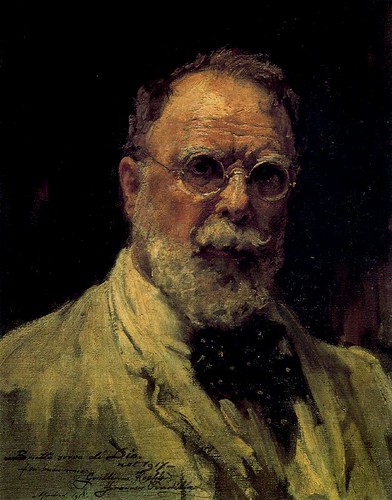
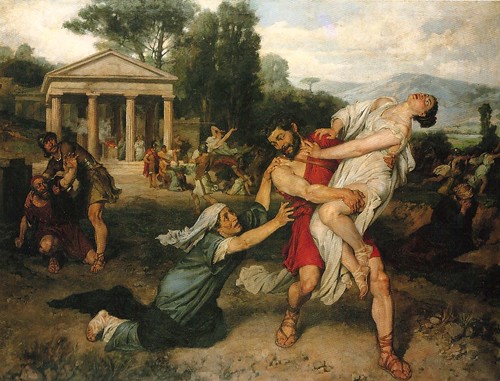
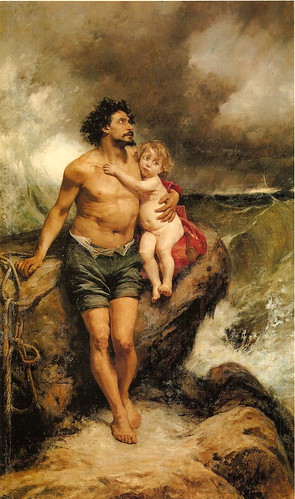
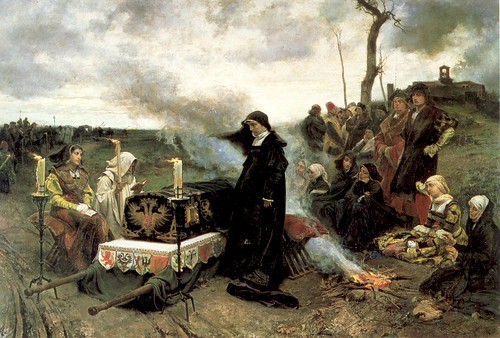
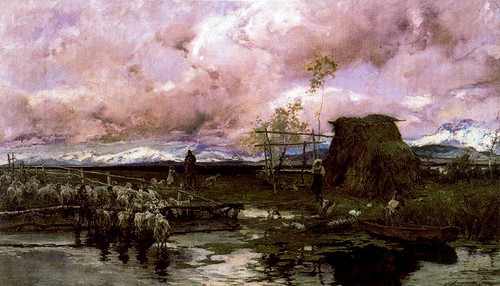



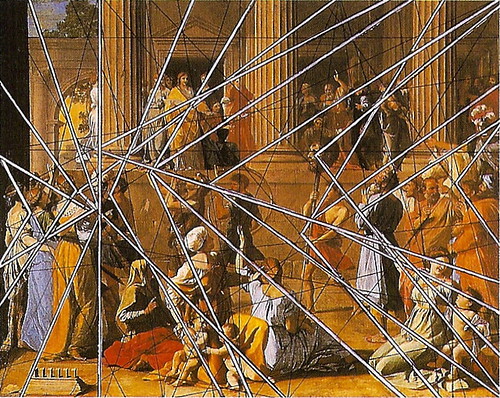

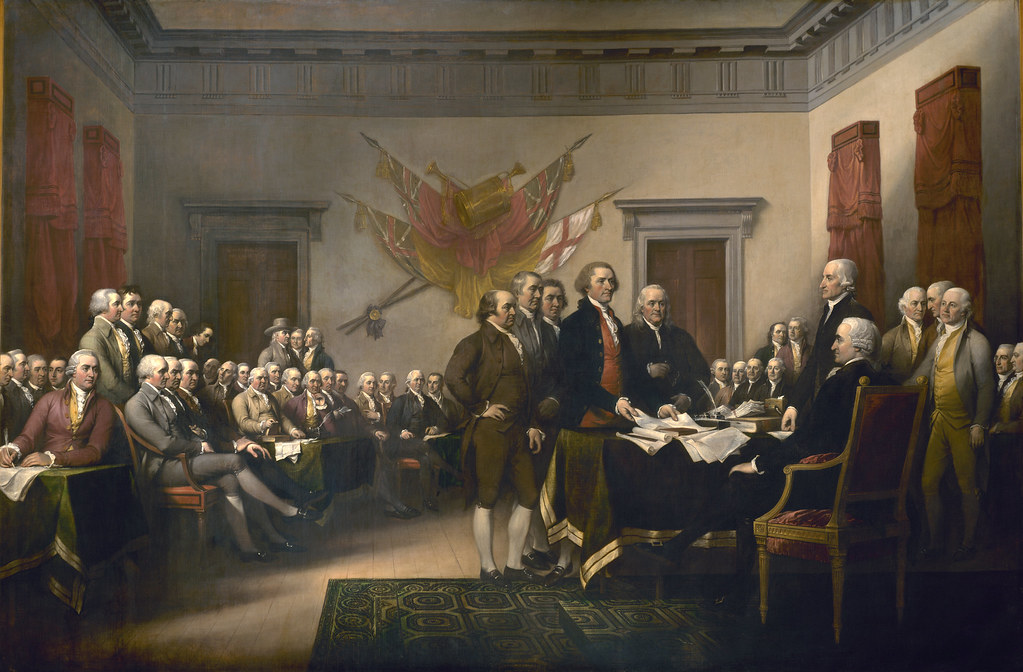

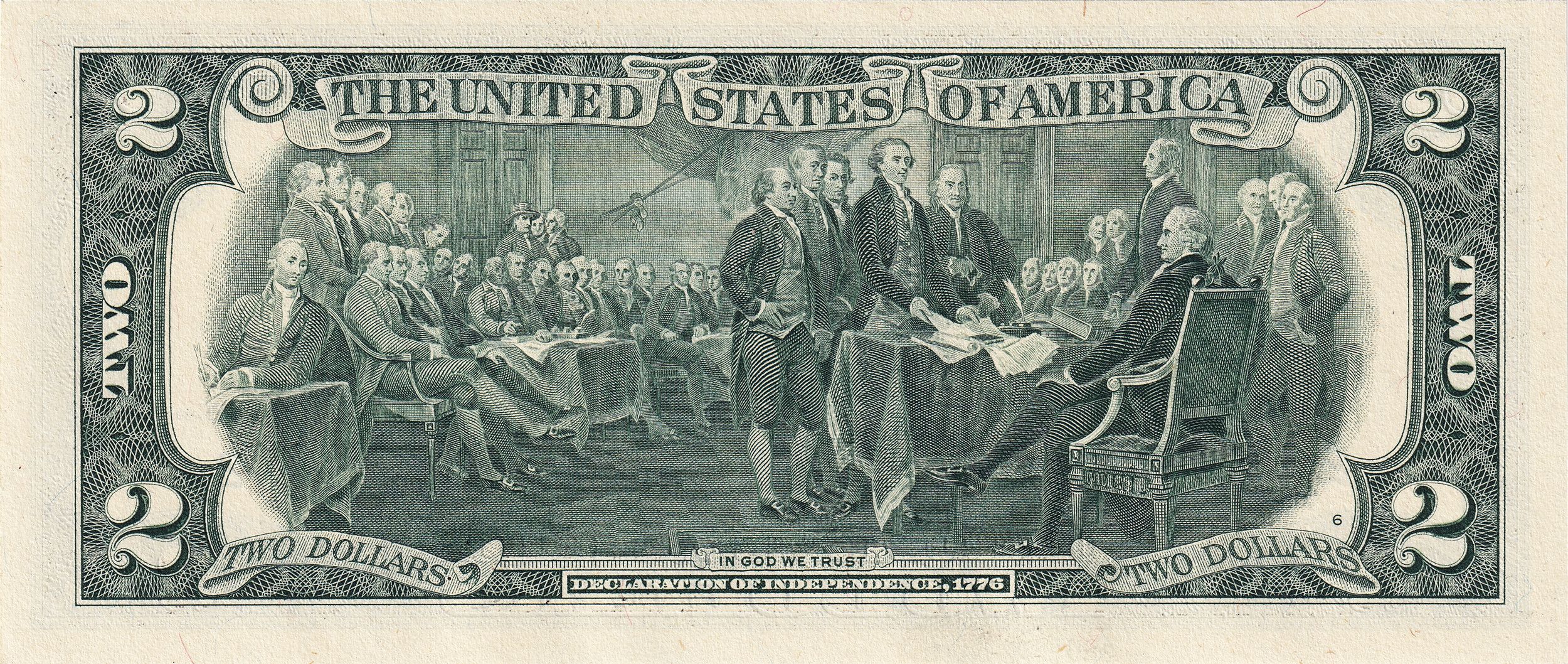

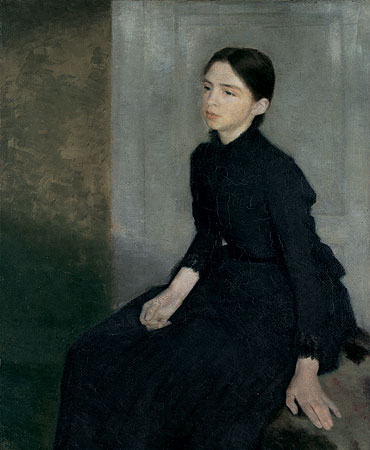
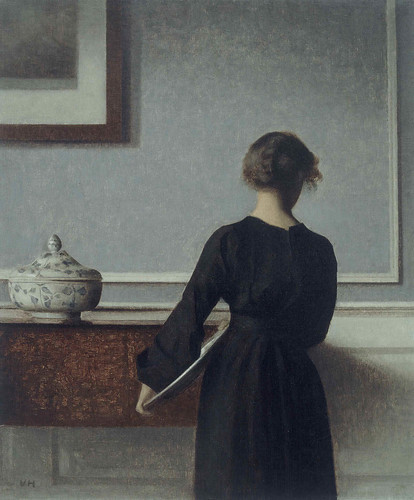
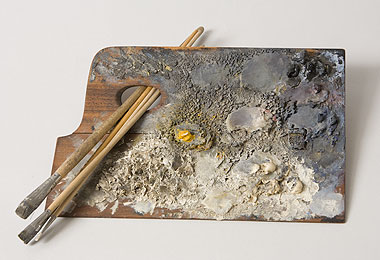

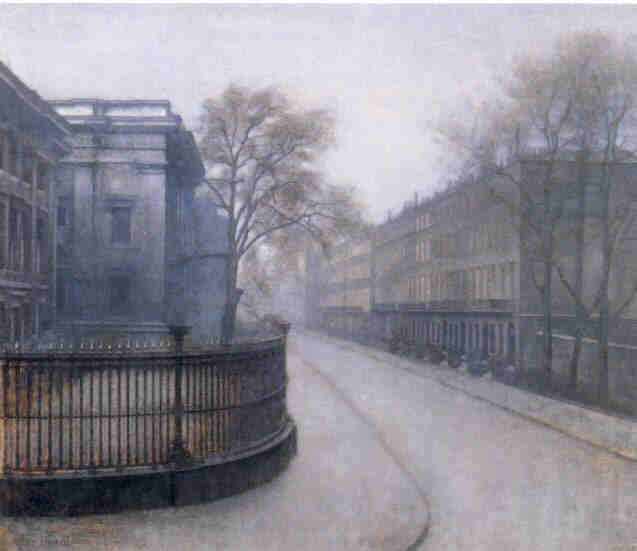



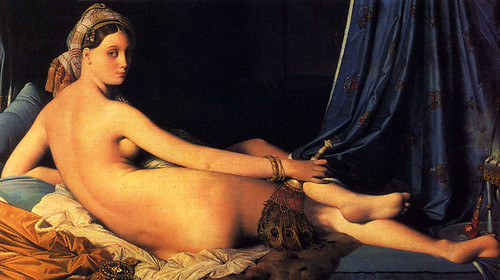
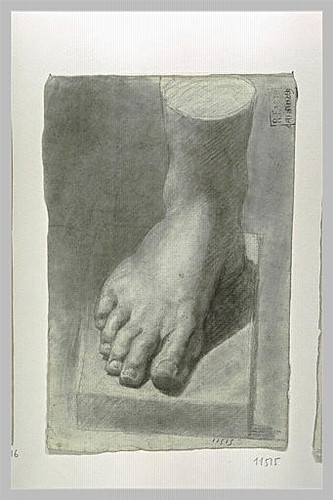
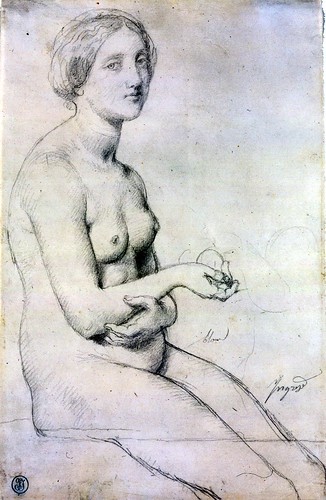
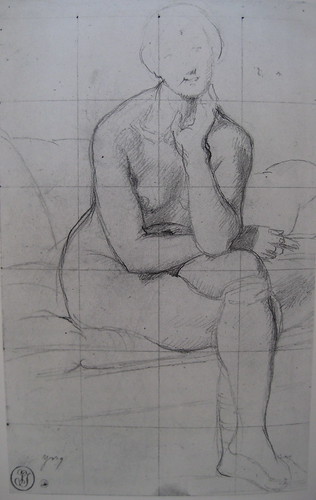
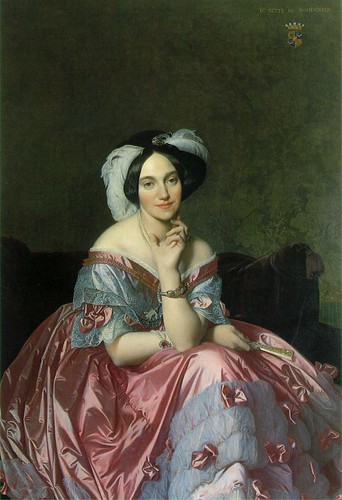
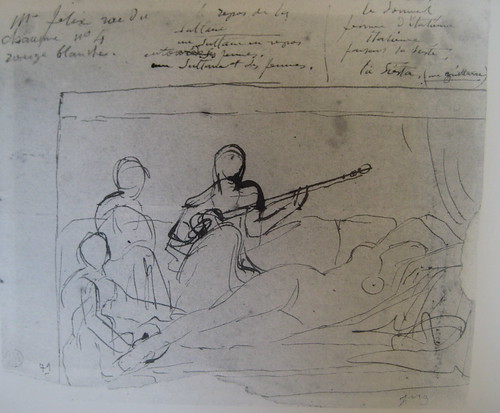
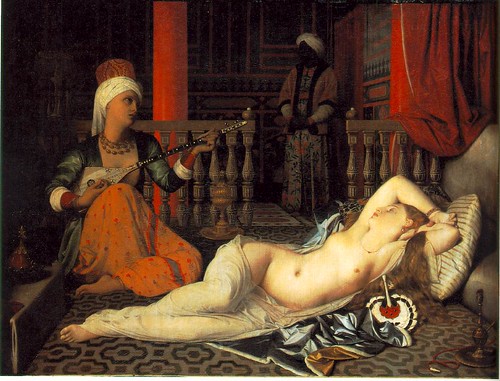

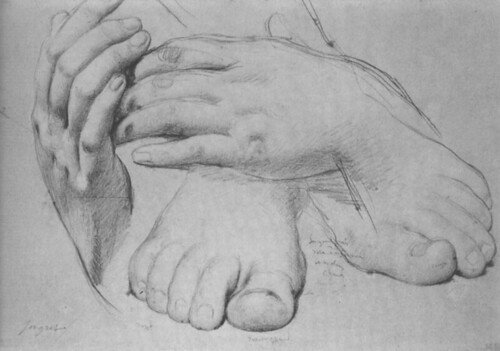
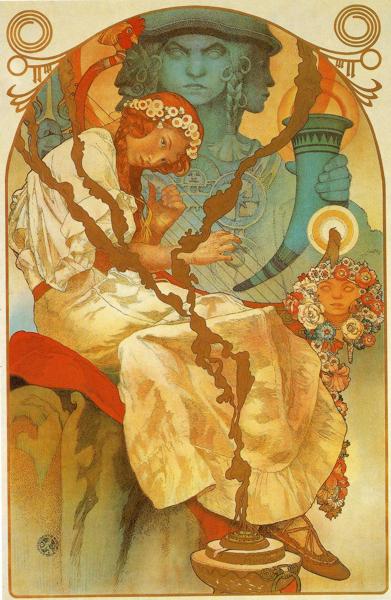



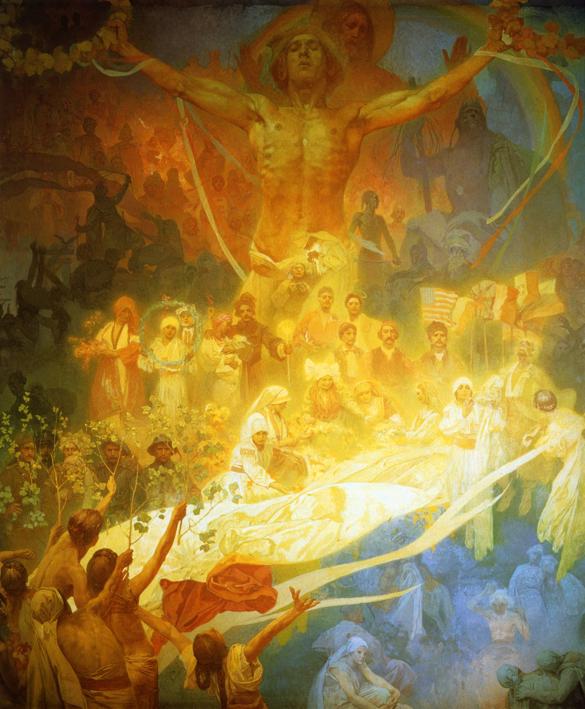
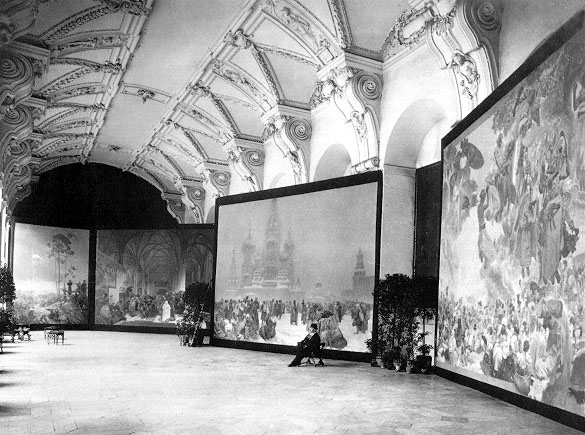
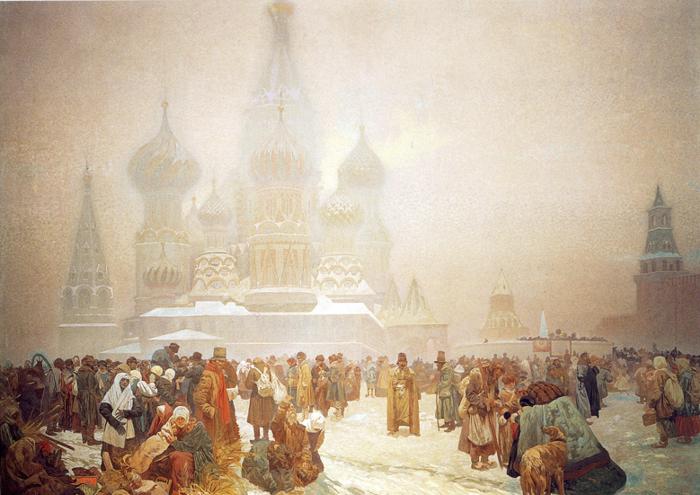
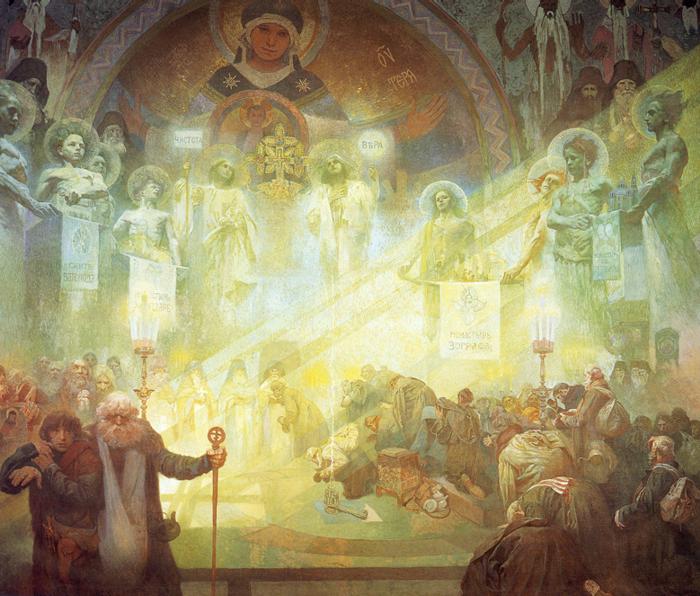








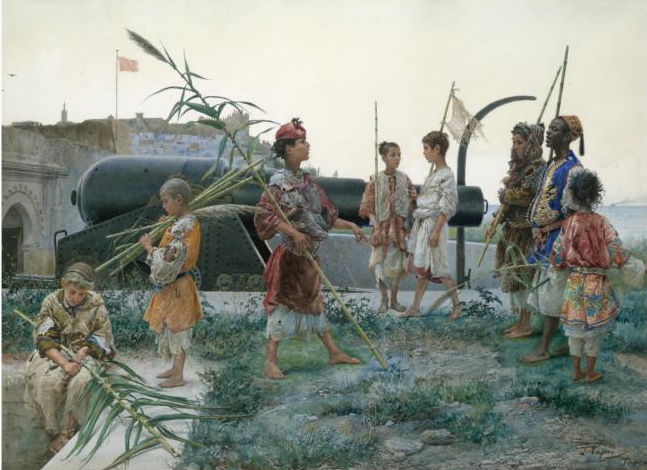 The Presentation by José Tapiró (Spanish, 1836-1913) 19 1/2 X 27 1/2 in. watercolor and gouache on paper.
The Presentation by José Tapiró (Spanish, 1836-1913) 19 1/2 X 27 1/2 in. watercolor and gouache on paper.
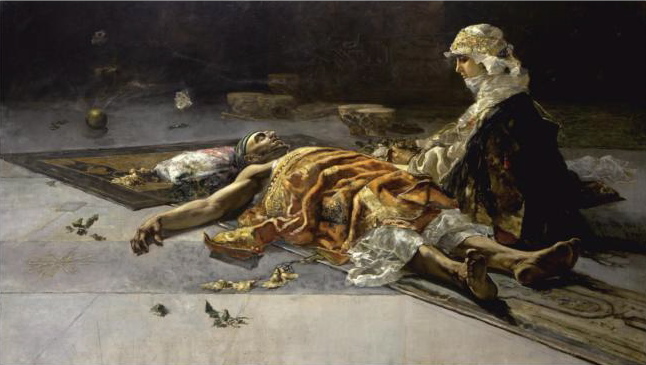 The Watchful Eye--The Vigil by Salvador Sánchez Barbudo (Spanish, 1857-1917) 58 X 100 1/2 in.
The Watchful Eye--The Vigil by Salvador Sánchez Barbudo (Spanish, 1857-1917) 58 X 100 1/2 in.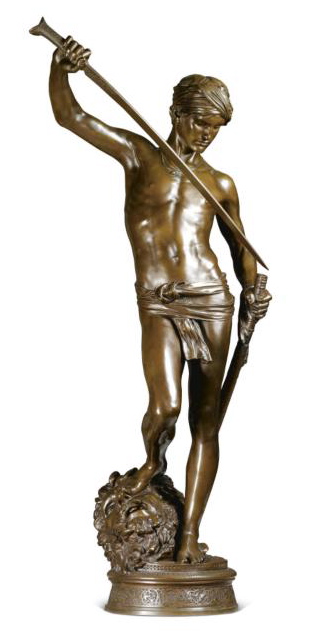 David Apres le Combat (David After the Battle) Jean-Antonin Mercié (French, 1845-1916) 44 in.
David Apres le Combat (David After the Battle) Jean-Antonin Mercié (French, 1845-1916) 44 in.
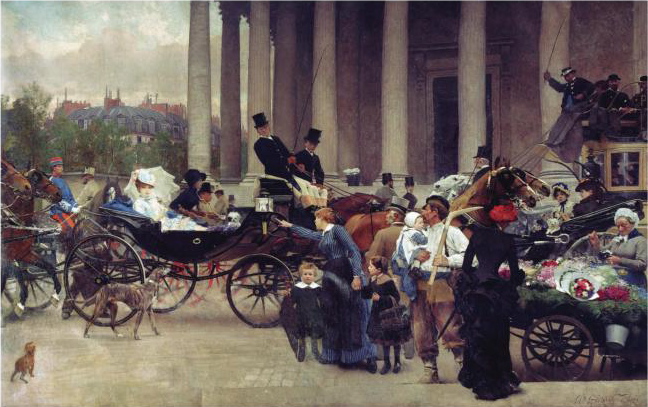 Les Deux Soeurs (The Two Sisters) by Charles Giron (Swiss, 1850-1914) 172 X 248 3/4 in.
Les Deux Soeurs (The Two Sisters) by Charles Giron (Swiss, 1850-1914) 172 X 248 3/4 in.